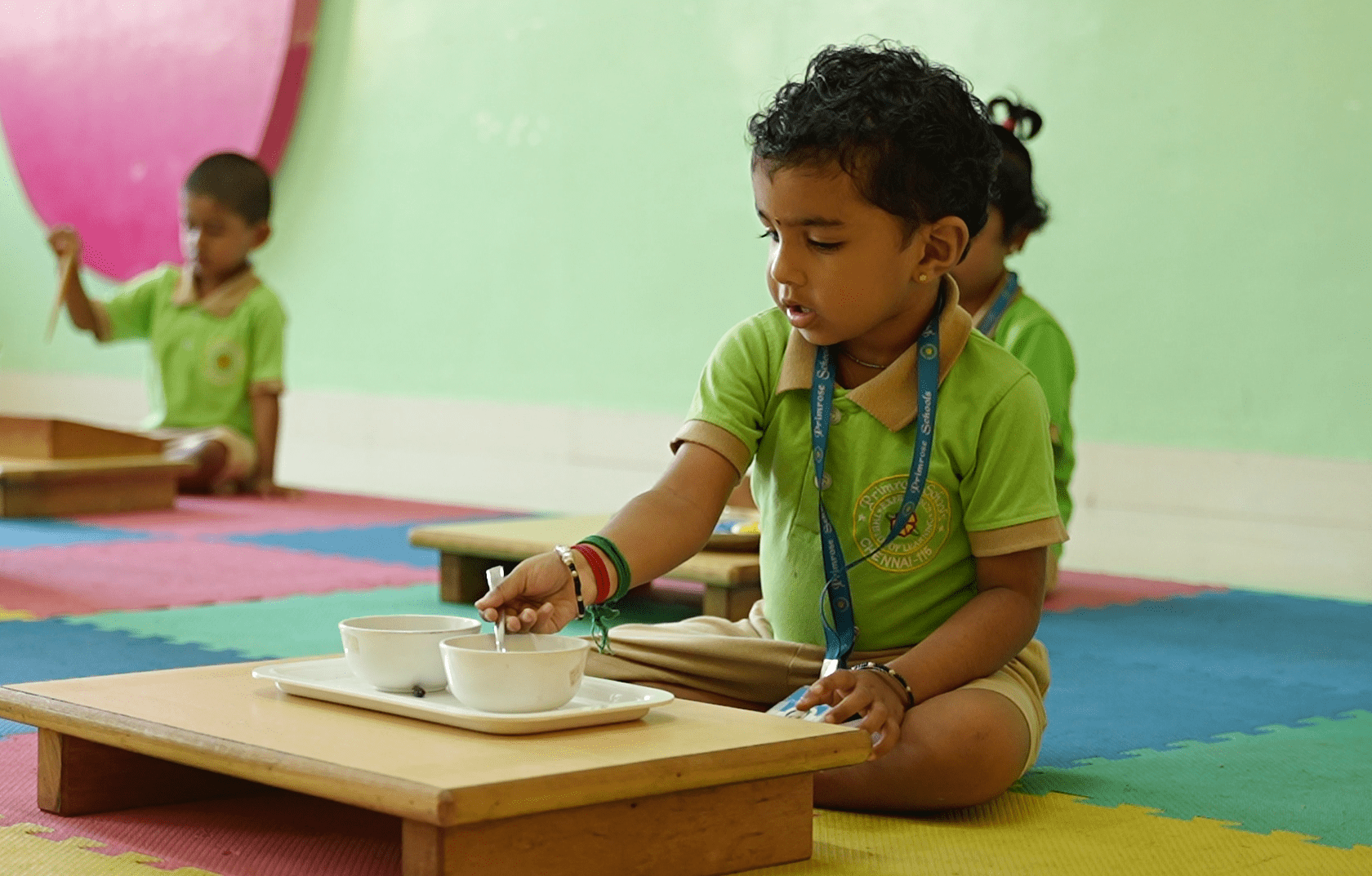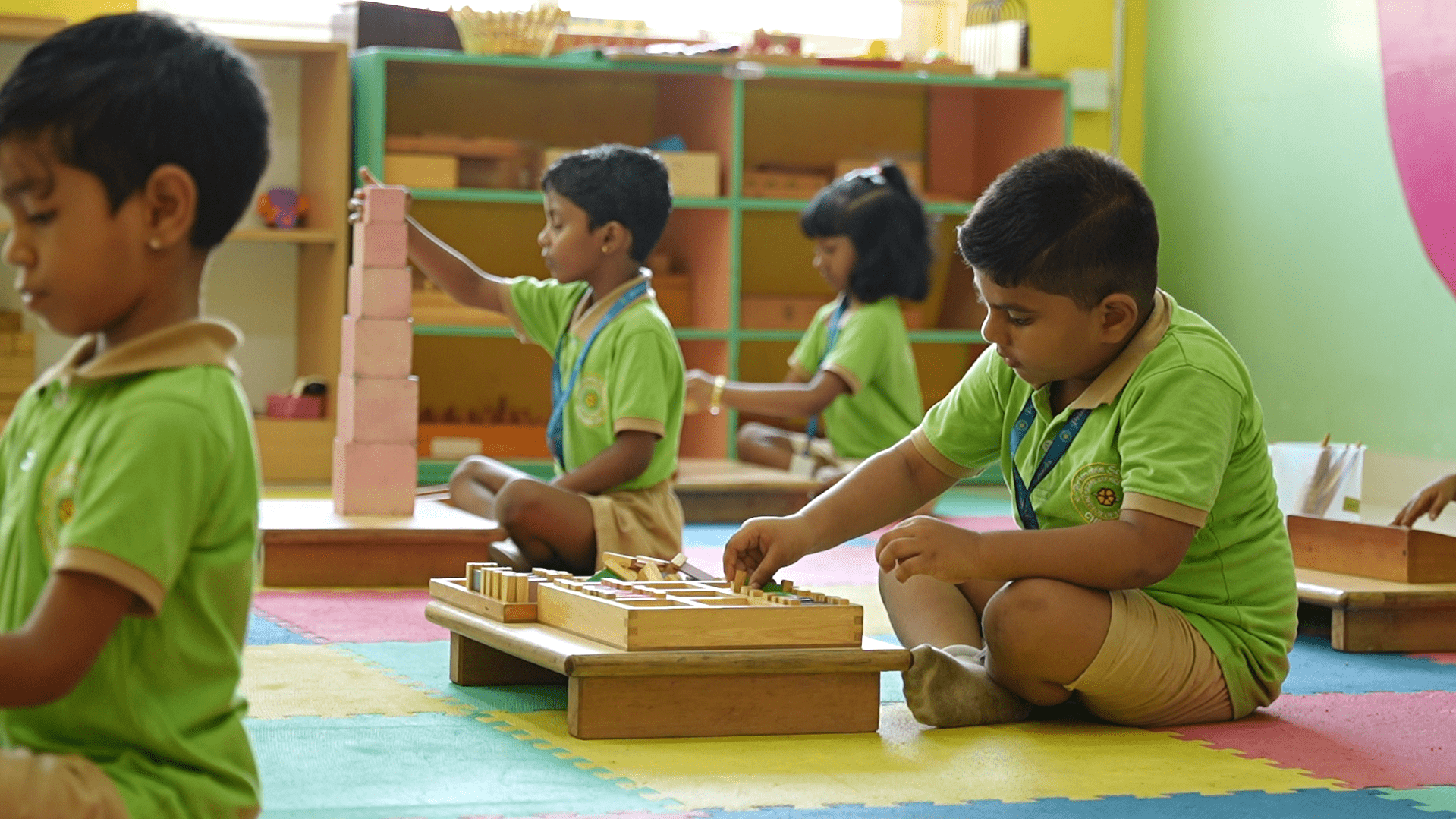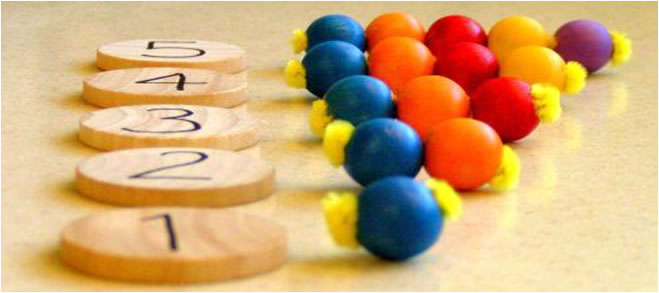“Children love to learn. They can learn absolutely anything that can be taught to them in an honest, factual, and joyous way. In order for teaching to be effective, it must always be a joyous process.”
In Kindergarten, the school follows the unique methodology adopted from Glenn Doman and Maria Montessori.



Montessori Lab : Montessori classrooms are often referred to as “prepared environments” because of the special care and attention that is given to fostering independence and intellectual development. The room is set up to facilitate hands-on learning, extended periods of concentration, and collaborative experiences. While students become deeply involved with their work, the teacher may be working with one or two children at a time, presenting a new lesson, or quietly observing the class at work. Dr. Montessori wrote, “The greatest sign of success for a teacher…is to be able to say, ‘The children are now working as if I did not exist.’” Montessori children tackle difficult challenges and mentor one another. The Montessori materials themselves are designed to incorporate this concept of independence. Many of them include a built-in “control of error,” so that children are not dependent upon adults for answers. Instead, the children’s engagement with the materials enables self-learning.
